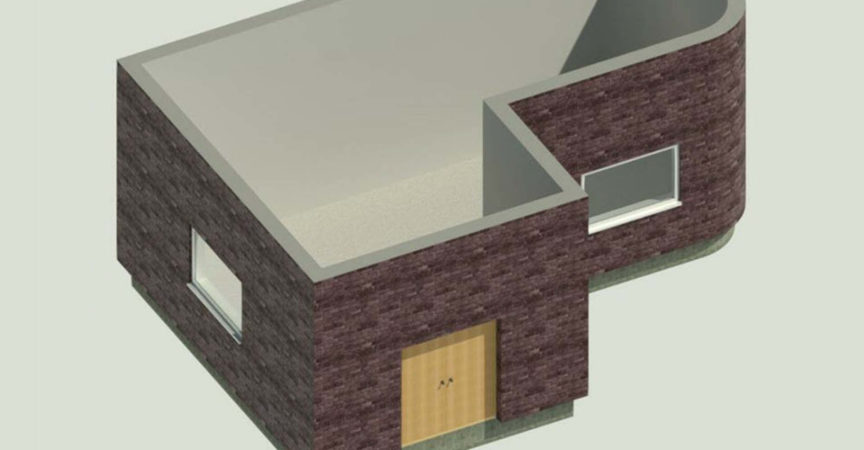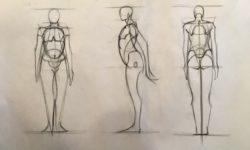Release date:2019, November 19
Duration:04 h 23 m
Author:Shaun Bryant
Skill level:Beginner
Language:English
Exercise files:Yes
Autodesk Certified Professional (ACP) is the industry-leading credential, a benchmark of your expertise in world-leading design programs like Revit. ACP gives you an “in” for interviews, and an indispensable advantage over the competition. So don’t go unprepared. Take this course to refresh and reinforce your knowledge of key domains in the Autodesk Certified Professional: Revit for Architectural Design exam. Join Autodesk Certified Instructor Shaun Bryant to brush up on topics such as importing and linking existing models and files; tagging elements; creating walls; building new family types; modeling floors, stairs, and roofs; creating views and legends; worksharing; and producing detailed schedules and sheets. Plus, get tips for registering with Certiport, the Autodesk exam provider.
Topics include:
What is Autodesk certification?
Modeling walls, floors, roofs, and ceilings
Working with columns
Using site and topography
Creating and editing materials
Configuring family types
Creating and deleting family instances
Creating a family
Dimensions and annotations
Design options
Configuring export settings
Creating and managing views
Managing imported and linked files
Worksharing
Project standards
Shared, project, and global parameters
Watch online or Download for Free
001 Being an Autodesk Revit Architecture Certified Professional
002 What you should know before watching this course
003 Using the exercise files
004 Using the Revit 2020 interface
005 The Revit Recent Files screen
006 What is Autodesk certification_
007 Certiport – The Autodesk exam provider
008 Working with walls
009 Working with wall types
010 Working with floors, roofs, and ceilings
011 Working with circulation elements – Stairs, ramps, and railings
012 Working with columns – Architectural, structural, and structural grids
013 Understanding the functions and limitations of model and detail groups
014 Using massing elements
015 Using site and topography
016 Associating a material with an object or a style
017 Creating and editing a basic material and its properties
018 Loading a material library
019 Creating, editing, and loading selection sets
020 Working with rooms
021 Working with areas
022 Understanding and configuring family types
023 Differentiating between different kinds of families
024 Transferring families between projects
025 Creating or deleting an instance or type parameter
026 Determining the appropriate parameter, discipline, type, or grouping
027 Modifying a room calculation point
028 Selecting the appropriate family template
029 Creating a simple family – Geometry, lines, reference planes, and dimensions, part 1
030 Creating a simple family – Geometry, lines, reference planes, and dimensions, part 2
031 Working with hosted and non-hosted elements in a model
032 Dimensions and annotation families
033 Using tags and tag categories
034 Using a matchline and a view reference
035 Loading and creating a detail component family
036 Defining a repeating detail
037 Understanding how to work with phases
038 Understanding how to work with design options
039 Understanding sheet issues, revisions, and revision clouds
040 Configuring export settings for other projects and CAD drawings
041 Configuring custom print setups
042 Creating and using color scheme legends for areas and rooms
043 Understanding browser organization and view properties
044 Visibility and graphic overrides
045 Applying and editing view templates
046 Creating and managing callout views
047 Setting up a view for rendering
048 Setting up a sheet
049 Duplicating views
050 Developing and customizing schedules
051 Manipulating schedule data
052 Applying worksharing display modes
053 Managing imported and linked files
054 Managing a linked file
055 Understanding the concept of copying and monitoring elements from a linked file, including interference checking
056 Understanding how to use worksharing features
057 Modifying level and grid types
058 Transferring and reviewing project standards
059 Editing object styles
060 Understanding and using Purge
061 Using the Audit and Compact tools, and assessing review warnings
062 Understanding shared, project, and global parameters
063 Next steps
Ex_Files_Cert_Prep_Revit_Architectural_Design_Professional.7z
Join us on
 Channel and
Channel and  Group
Group





 Channel
Channel





